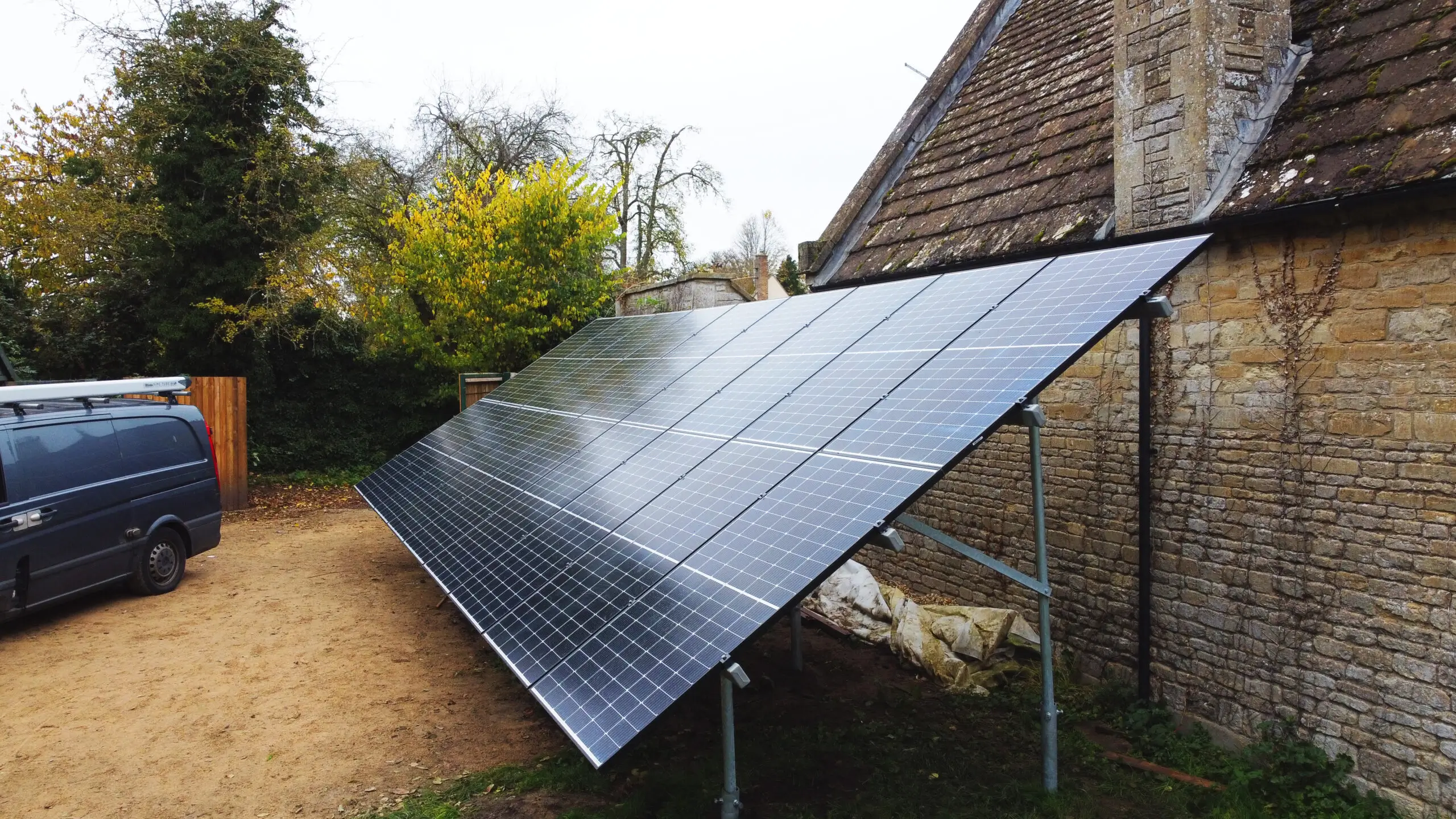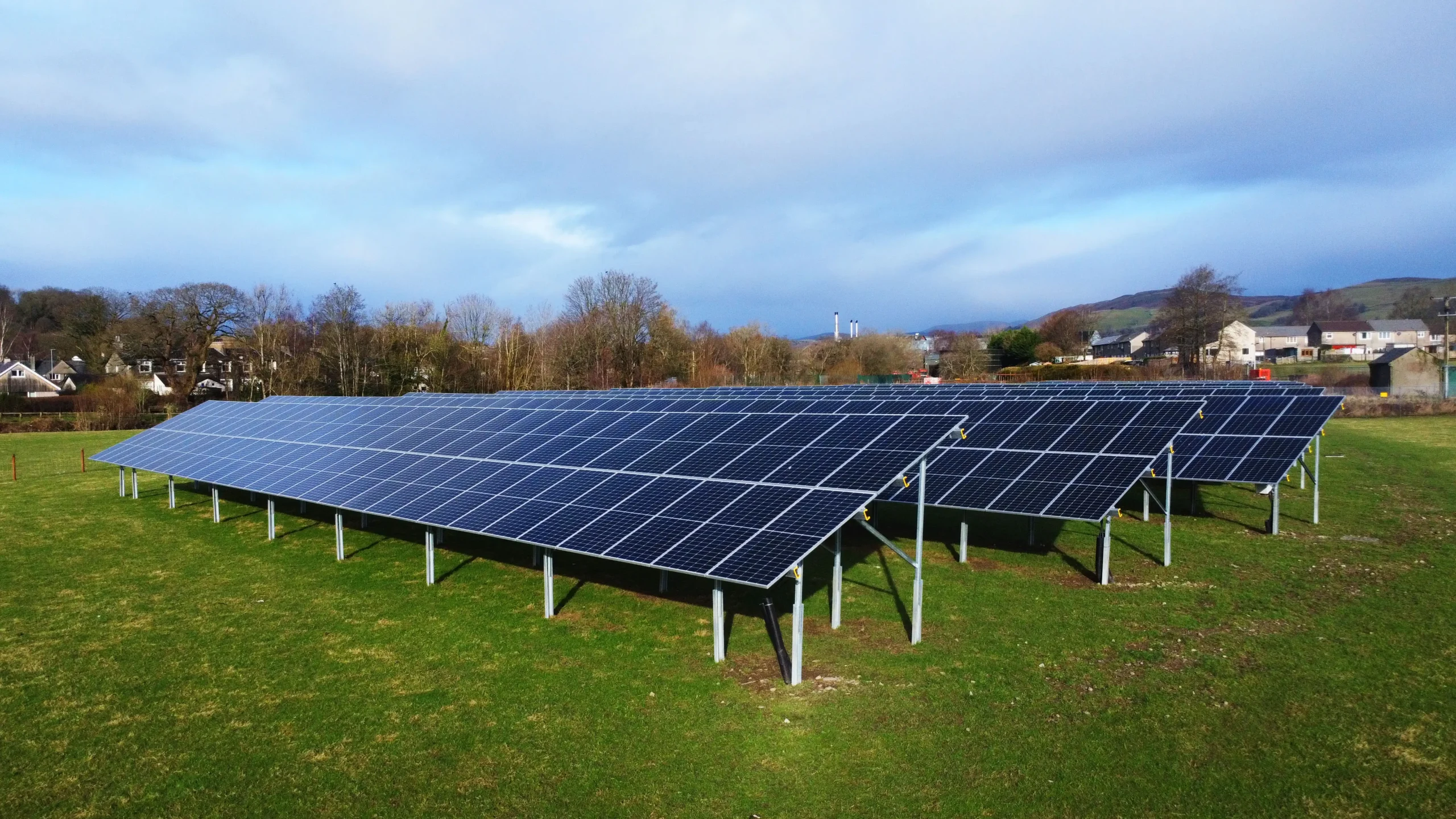What Are Ground-Mounted Solar Systems?
Ground mount solar panel installation involves placing solar panels on the ground, supported by a sturdy mounting structure or framework. This method is ideal for properties where roof space is insufficient, the roof’s orientation or condition is unsuitable for solar, or when a larger solar energy system is desired. Ground-mounted systems offer greater flexibility in terms of positioning, as they can be installed in areas that receive optimal sunlight, maximising energy production. They are especially beneficial for rural properties, farms, or businesses with open land, as these systems can scale to meet higher energy demands.
Another advantage of ground-mounted solar systems is the ease of maintenance and cleaning. Since the panels are at ground level, they are more accessible, making it simpler to perform routine inspections or remove debris, ensuring the system operates at peak efficiency. Ground mount systems can also be angled and positioned to achieve the best solar exposure, often more effectively than rooftop installations.
However, ground-mounted solar installations typically require more land space and may incur additional costs for the mounting structures and extended wiring. Despite this, they offer a highly effective way to generate renewable energy, especially for those looking to install larger solar arrays that may not fit on a roof.
Key Points About Ground Mount Solar Panel Installations
Mounting Structure: Panels are fixed to metal racks anchored into the ground to ensure stability and the correct tilt.
Tilt & Orientation: Panels are angled to maximise sunlight based on your location, with adjustments possible to follow seasonal sun changes.
Wiring: Wiring is routed underground from the array to the inverter or building connection, ensuring safe and efficient power transfer.
Maintenance: Ground mount systems are easy to access and require routine cleaning, inspections, and performance checks to keep them running efficiently.
Advantages of Ground Mount Solar Panel Installations
Ground mount solar panel installations offer advantages such as the ability to install larger systems, flexible placement options, and easier access for maintenance and cleaning. However, they may require more land space and incur additional costs for mounting structures and wiring compared to rooftop installations. It’s essential to engage with experienced solar installers who can assess your site, design an efficient system, and ensure proper installation for optimal energy production and longevity.


